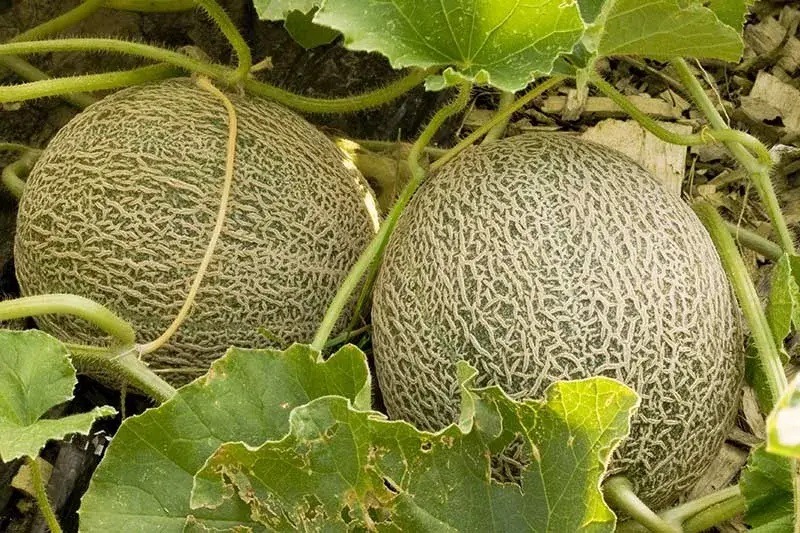Cantaloupes, often referred to as muskmelons, are succulent and flavorful fruits that many people love. Growing them in your own garden can be a rewarding experience. Here’s your comprehensive guide to cultivating cantaloupe in your garden.
1. Understanding Cantaloupe

Cantaloupe Basics
- Scientific Name: Cucumis melo
- Family: Cucurbitaceae
- Origin: Regions of Africa and Asia
Health Benefits Cantaloupes are not just delicious, but they’re also packed with essential nutrients. They are a good source of vitamins A and C, potassium, and fiber.
2. Choosing the Right Variety

There are various cantaloupe varieties, each with distinct flavors, textures, and growing requirements. Some popular choices include:
- Hales Best Jumbo: Known for its sweet flavor and thick flesh.
- Athena: Resistant to diseases and offers a robust flavor.
- Savor: A hybrid with a smaller size but incredibly sweet.

Your local nursery can guide you towards the variety best suited for your climate and taste preferences.
3. Preparing the Soil

Soil Type Cantaloupes prefer well-draining soil, rich in organic matter. Sandy loam is ideal.
Soil pH Maintain a pH level between 6.0 and 6.8. You can test the pH with a soil testing kit and amend it with lime or sulfur if needed.
Nutrients Before planting, enrich the soil with compost or a balanced fertilizer to provide essential nutrients.
4. Planting the Seeds

When to Plant Cantaloupes require warm soil. Plant the seeds after the last frost, when soil temperatures consistently reach 65-70°F (18-21°C).
Seed Spacing Plant seeds 1 inch deep and about 18 to 24 inches apart. Rows should be spaced 4 to 6 feet apart to give the vines ample room.
Germination Expect the seeds to germinate within 3 to 10 days, depending on the soil temperature.
5. Caring for Cantaloupe Plants
Watering Cantaloupes are thirsty plants. Water them regularly, but ensure that the soil doesn’t remain soggy. As fruits develop, reduce watering to enhance sweetness.

Weeding Keep the garden free from weeds, especially when the plants are young. Weeds compete for nutrients and can stunt growth.
Pests and Diseases Watch out for pests like aphids, cucumber beetles, and squash bugs. Diseases like powdery mildew and downy mildew can also affect cantaloupes. Ensure proper spacing and airflow, and consider using organic pesticides or fungicides if problems arise.

6. Harvesting and Storing
Signs of Maturity The cantaloupe is ready for harvest when:
- The stem easily separates from the fruit.
- The fruit emits a sweet, musky aroma.
- The rind changes from green to a tan or yellowish color.
How to Harvest Use a sharp knife or pruners to cut the cantaloupes off the vine.

Storing Cantaloupes Store uncut cantaloupes at room temperature for up to a week. Once cut, refrigerate the slices and consume within 2-3 days.
7. Tips for a Bountiful Harvest
- Mulching: Use straw or black plastic to mulch around the plants. This keeps the soil warm, conserves moisture, and prevents the fruits from rotting.

- Hand Pollination: If you notice poor fruit set, consider hand-pollinating using a small brush to transfer pollen from male to female flowers.
- Pruning: To get larger fruits, you can prune the vines to have just a few melons. This allows the plant to channel energy into fewer fruits.
Growing cantaloupe in your garden can be both fun and rewarding. With the right conditions and care, you’ll be enjoying juicy, home-grown cantaloupes in no time. Whether you’re a gardening novice or a seasoned expert, the taste of a freshly harvested cantaloupe is unparalleled and well worth the effort. Happy gardening!
